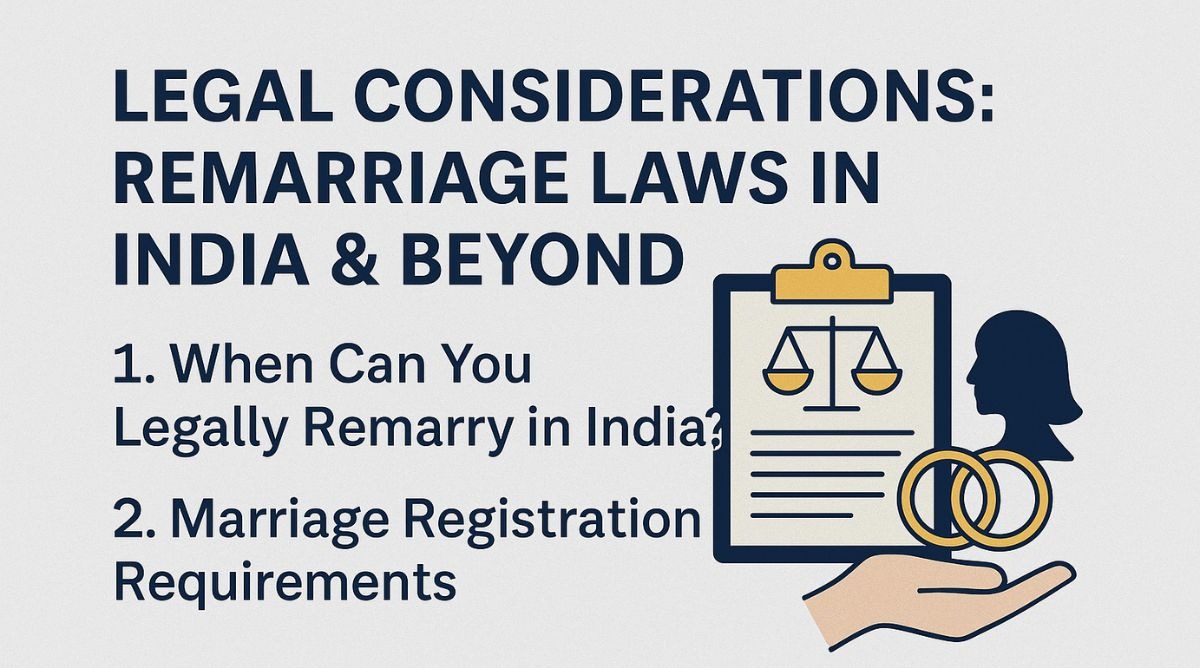Rakesh Tiwari, J.@mdashHeard Counsel for the parties and perused the record.
2. The tenancy of the petitioner was determined by notice dated 4.1.1991. Suit No. 13 of 1979 was filed by the respondent against the petitioner for arrears of rent and eviction from the disputed shop No. 3.
3. The petitioner contested the suit by filing his written statement on the ground that the suit was not maintainable as notice determining his tenancy is illegal and that the provisions of Uttar Pradesh Urban Buildings (Regulation of Letting, Rent and Eviction) Act, 1972 are applicable and no suit for his eviction without complying with the provisions of section 20 of the aforesaid Act can be filed.
4. The Trial Court by order dated 16.4.2001 decreed the suit returning the finding that the provisions of U.P. Act No. 13 of 1972 did not apply.
5. The findings recorded by the Trial Court were up held by the Revisional Court by judgment and order dated 17.5.2007.
6. After the revision was dismissed the petitioner filed Civil Misc. Writ Petition No. 26398 of 2007, Madan Lal v. Ramesh Chandra challenging the validity and correctness of the order dated 16.4.2001 passed by the Judge Small Causes Court, Muzaffarnagar as well as the order dated 17th May, 2007 of the Revisional Court, Muzaffarnagar.
7. The petitioner also filed an objection on 15.2.2007 in Execution Case No. 1 of 2006 before the Civil Judge (Senior Division), Court No. 1, Muzaffarnagar under section 47 of the Code of Civil Procedure.
8. The High Court relying upon the case of Sudha Rani Garg v. Jagdish Kumar and others (2004) 8 SCC 329=2004 (24) AIC 159 (SC), by its judgment and order dated 6.7.2007 has held that
"in the present case also the first assessment had been made w.e.f. 1st April, 1981. There is nothing on the record to indicate whether the completion of the building was reported to the local authority or whether the completion of the building was otherwise recorded by the local authority. These dates are, therefore, not known. The only date that is known is the first date when the assessment of the building had come into effect i.e. 1st April, 1981. Thus, in view of the aforesaid decision of the Supreme Court, it is clear that 1st April, 1981 shall be deemed to be the date on which the construction of the building was completed. The Courts below were, therefore, justified in holding that the Act was not applicable to the building as the suit was filed on 14th March, 1991 before the expiry of 10 years. There is, therefore, no infirmity in the judgments of the Courts below.
The writ petition is, accordingly, dismissed."
9. It appears that Court No. 2 of Additional Civil Judge (Senior Division), Muzaffarnagar which had decreed the suit had in the mean time, fallen vacant and an application was moved by the decreeholder under section 24 of the Code of Civil Procedure for transfer of the execution proceedings to another competent Court having jurisdiction. The District Judge transferred the case to the Court of Additional Civil Judge (Senior Division), Court No. 1, Muzaffarnagar in exercise of power under section 38 read with section 24 of the Code of Civil Procedure.
10. The contention of the counsel for the petitioner is that the matter could not have been transferred to the Court of Additional Civil Judge (Senior Division), Court No. 1, Muzaffarnagar in view of the provisions of section 38 read with Order 21, Rule 10 of the Code of Civil Procedure.
11. Sri Rajiv Joshi, Counsel for the respondent submits that the execution proceedings are still pending and the petitioner has approached this Court against an interlocutory order by which the case has been transferred from the Court of Additional Civil Judge (S.D.), Court No.2, Muzaffarnagar to the Court of Additional Civil Judge (S.D.) Court No. 1, Muzaffarnagar. He further submits that there is no illegality in the order of transfer as the District Judge has power to do so under section 38 read with section 24 of the Code of Civil Procedure.
12. For resolving the controversy between the parties it will be relevant to refer to the provisions of sections 24 and 38 of the Code of Civil Procedure at this stage.
13. Section 38 of the C.P.C. provides that a decree may be executed either by the Court, which passed it, or by the Court to which it is sent for execution.
14. Section 24 provides for conferment of general power in respect of transfer or withdrawal of a case on the District Judge from a Court. Subsection (1) of section 24 provides that on an application by any of the parties and after notice to the parties and after hearing such of them as desired to be heard, or of its motion, without such notice, the High Court or the District Judge may, at any stage transfer any suit, appeal or other proceeding pending before it for trial or disposal to any Court subordinate to it and competent to try or dispose of the same.
15. Subsection (3) of section 24 provides that the Courts of Additional and Assistant Judges shall be deemed to be subordinate to the District Court and that ''proceeding'' includes a proceeding for the execution of a decree or order.
16. From a conjoint reading of section 38 read with section 24 of the Code of Civil Procedure it is clear that the District Judge had the power to transfer the proceedings for execution from the Court of Additional Civil Judge (SD), Court No. 2, Muzaffarnagar to the Court of Additional Civil Judge (SD), Court No. 1, Muzaffarnagar even without an opportunity of hearing to the petitioner on the application for transfer of the case.
17. As regards the contention of the Counsel for the petitioner regarding Order 21, Rule 10 of the Code of Civil Procedure is concerned, it provides that where the holder of a decree desires to execute it, he shall apply to the Court which passed the decree or to the officer (if any) appointed in this behalf, or if the decree has been sent under the provisions hereinbefore contained to another Court, then to such Court or to the proper Officer thereof.
18. Order 21, Rule 10 of the Code of Civil Procedure does not support the contention of the Counsel for the petitioner as admittedly the petitioner was a decree holder and it has to be executed and the same could be sent by the District Judge to another competent Court having jurisdiction for its execution as provided in section 33 read with section 24 of the Code of Civil Procedure.
19. The earlier writ petition of the petitioner has also been dismissed and it appears that he is only delaying the matter on one pretext or the other.
20. For all the reasons stated above, the present writ petition is liable to be dismissed and is accordingly dismissed with direction to the Executing Court to conclude the execution proceedings by a reasoned and speaking order, in accordance with law, within a period of one month from the date of production of a certified copy of this order.

